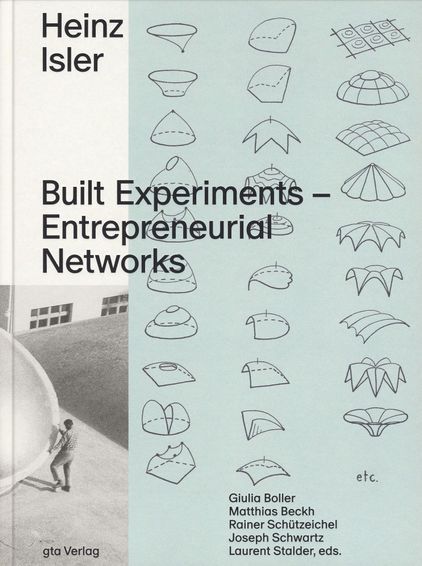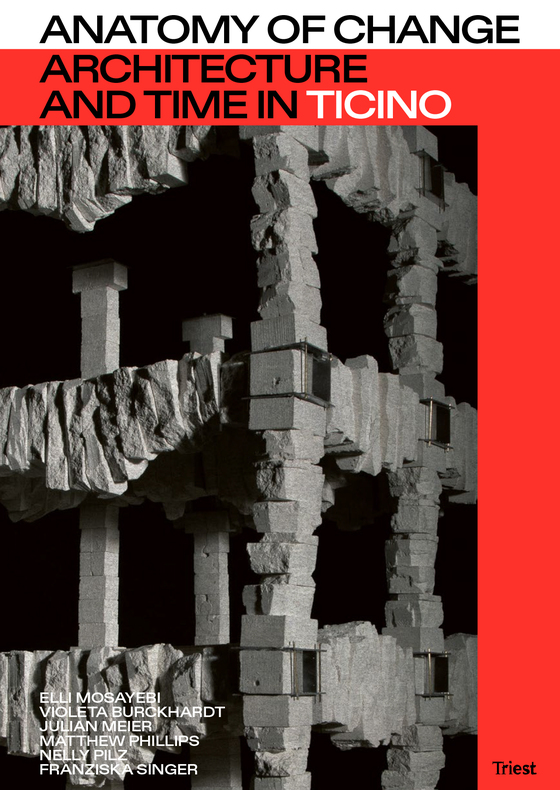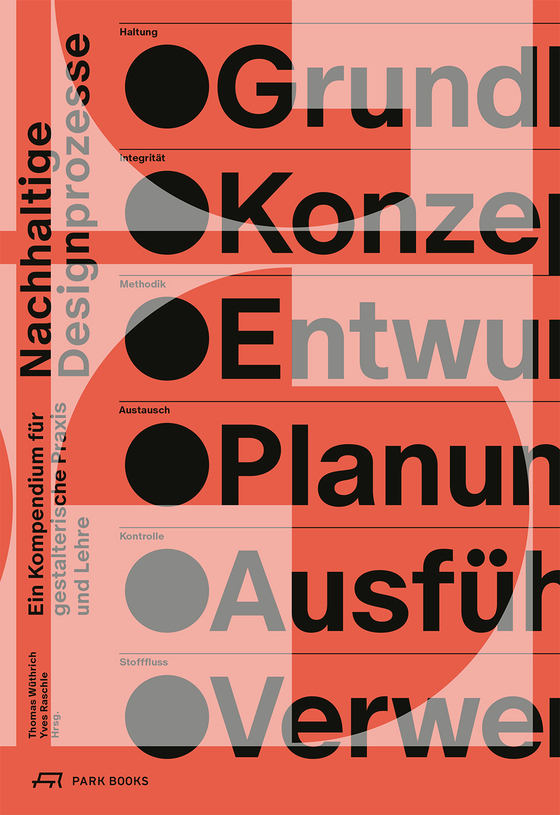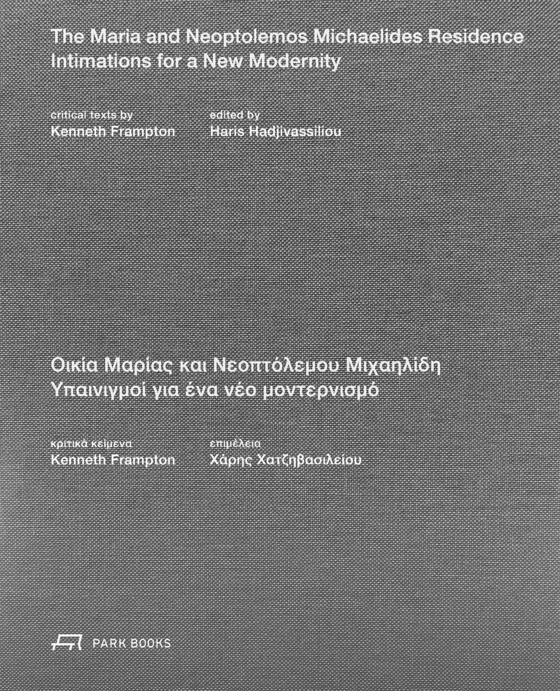Heinz Isler
Built Experiments – Entrepreneurial Networks

Dünnwandige Stahlbeton-Strukturen sind das Markenzeichen Heinz Islers (1926–2009). Ein experimenteller Ansatz und Unternehmergeist ermöglichten es dem Schweizer Ingenieur, mit anhaltendem Erfolg zu einem der produktivsten Schalenkonstrukteure des 20. Jahrhunderts zu werden. Mit einem beeindruckenden
Buch, Herausgegeben von Giulia Boller, Matthias Beckh, Rainer Schützeichel, Joseph Schwartz, Laurent Stalder, 23.12.2025


